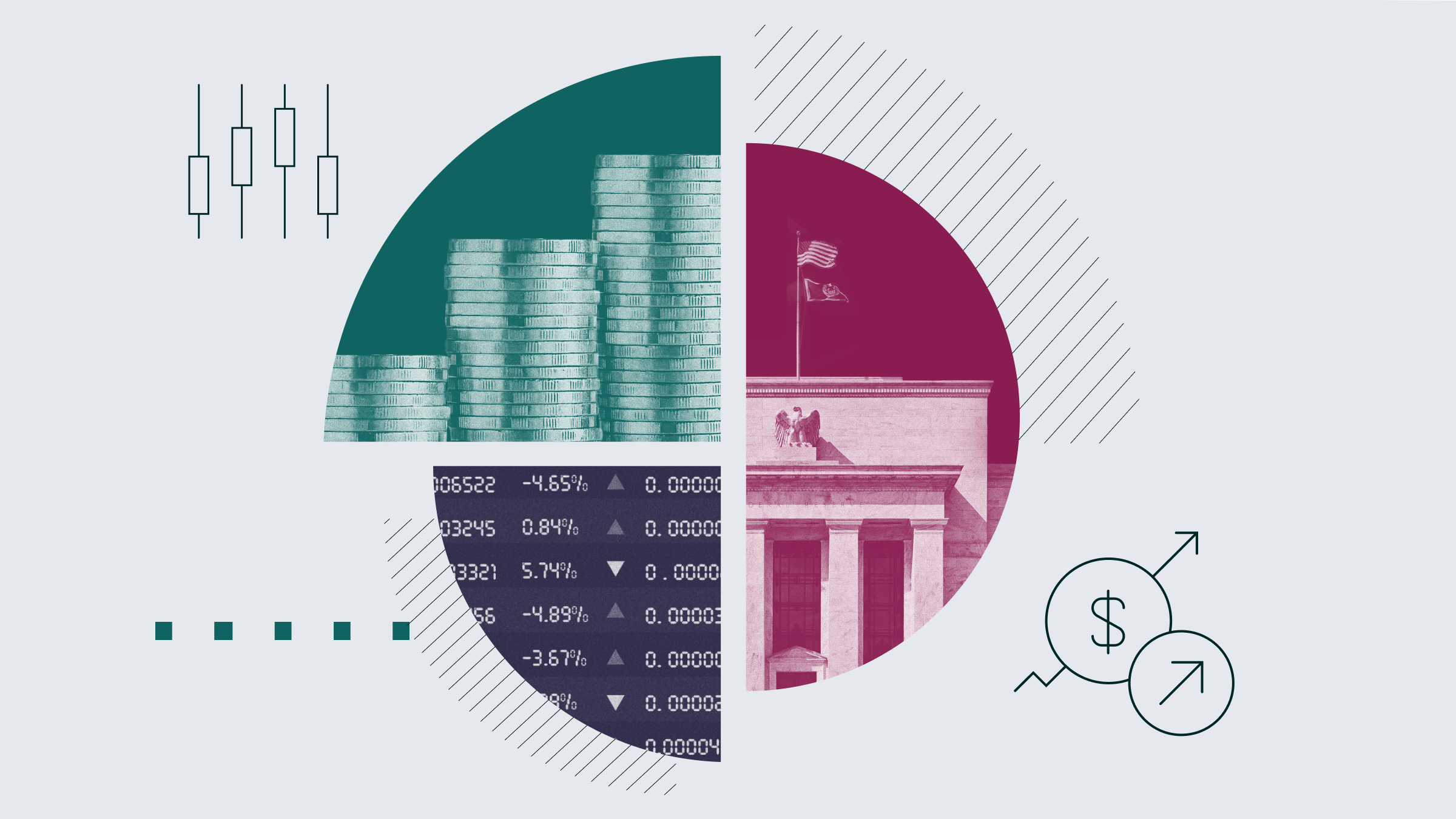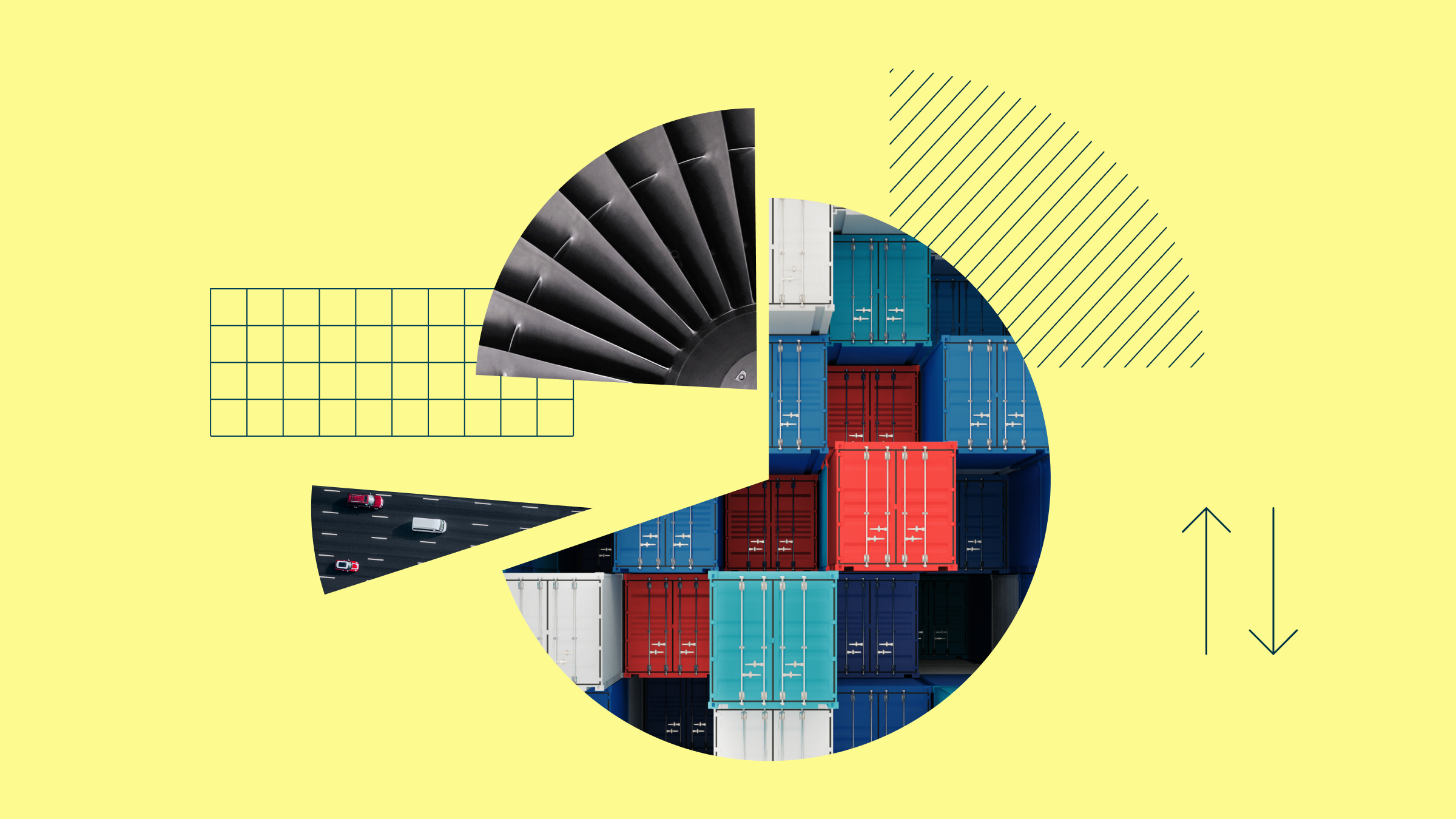Benz: If people are going through their year-end exercises with their portfolios, they might see that stocks have had a really great run; it might be time to rebalance out of stocks, which would mean moving money into bonds. What would you say to investors? Should they go ahead and do it given the meager outlook for fixed income? What’s your take on that question?
Bogle: Well, I am not basically a rebalancer. In the long run, rebalancing is going to cost you because the higher-yielding, the higher-returning, asset is going to get to be a bigger and bigger part of the portfolio, and if you suppress it by rebalancing, you will almost definitely have a lower return over the long run.
In the short run, that's something else, and I think if people want to rebalance, that's fine. And I think if people think about it [not] as an annual exercise, but if your target equity ratio is at 60%, think about rebalancing when it gets to 70% or when it gets to 50%, but not slavishly looking at, oh my god, I’m at 60.5% and doing something, because there is too much other noise in the system to make that work.
So, to each his own on this. I don't myself. My personal account is about 80% Vanguard municipal bond funds and 20% Vanguard index funds, and in my retirement plan account, I’m about 50-50. So, I’m very comfortable there. I don't rebalance the retirement plan accounts ... for probably, let me say, 50% at the beginning of the year. I don’t do this with any exactitude. Maybe they are 55% now. I don’t see any reason to change that.
But you are correct in the implications of your question that this is a really difficult time to invest. I told a New York Times reporter on an article he wrote, [these are] the most difficult investment conditions I've ever seen. And by that I'm not talking about huge risk. I'm talking about the impossibility of getting the kind of returns we've gotten in the past. It is not going to happen, period.
That long-term return on stocks from Jeremy Siegel is around 9% and nominal, and the long-term return on bonds is about 5%, and I'm telling you, let’s think about 7%, and let’s think about 2.5%--half of those rates.
So, what are you supposed to do? Well, I do not think it's a good idea to take risks beyond that to increase your return, I just don't believe it. That's become an article of faith.
In our municipal bond group, … for years I was in every meeting that they ever held just to warn them, don’t reach for income. So what’s the first thing you are going to do? Well, most of the alternatives aren’t really very palatable, from leaving the market. I do think you can maybe emphasize corporates more than Treasuries. I think that would be an intelligent thing for people to do--separate out the bond market into those two components and maybe take a little more maturity risk, which is not credit risk, just volatility risk.
But what are the other options? Well, you can cut back your standard of living--it's very hard--as my father used to say, no matter how painful. And you can also start to spend a little capital every year, but you can’t do that forever. Maybe a year or two wouldn’t hurt too much if the numbers weren’t too large. You can, as a lot of people are talking about today, go into high-yielding stocks, but you are taking a volatility risk that you are not taking in the bond. Or you can go to high-yield bonds, junk bonds, but you are taking a credit risk. So there is a pro for every con.
Benz: Not a palatable set of decisions.
Bogle: So, I'm a "stay the course" guy. I do think importantly that we ought to be thinking more about the difference between government bonds and corporate bonds, because those spreads are very, very large compared to historical norms.
Benz: And you could see a case for overweighting the corporates.
Bogle: Yes. The corporate bond yields are pretty close to 3%, and the Treasury yield is 1.6%, and Treasuries are such an important part of total bond market index, the yield on that is only 1.7%. And if you … realize that that means you are going to get a 1.7% return on the highest probability in the next 10 years, it just seems you shouldn't accept that. Not jumping off the deep end of the pool, but just getting a toe wet with maybe instead of 70% governments and 30% corporates, maybe 60% corporates and 40% governments or even 70/30.






















